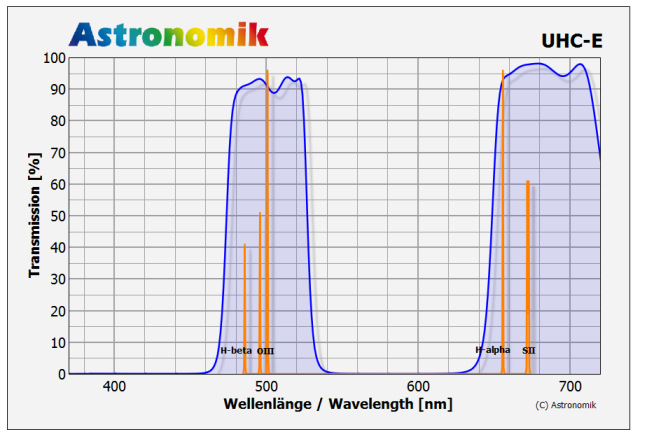- Astronomik Lunar calendar for 2024
The Astronomik calendar of the Lunar phases in 2024 is ready.
- Chistmastime and New Year 2023-2024
We wish you a merry Chirstmastime and a happy and healthy 2024...
- Astronomik Lunar calendar for 2023
The Astronomik calendar of the Lunar phases in 2023 is ready.
- Chistmastime and New Year 2022-2023
We wish you a merry Chirstmastime and a happy and healthy 2023...
- Shipping methods
Shipping as registred good shipment is no longer available
- How to observe planetary nebulae
A very nice introduction to observing planetary nebulas written by Owen Brazell
- Astronomik Lunar calendar for 2022
The Astronomik calendar of the Lunar phases in 2022 is ready.
- Website down
Our website was down on dec 20st...
- H-alpha imaging with a unmodified EOS R
Imaging with an unmodified camera using a H-alpha filter
- Astronomik Lunar calendar for 2021
The Astronomik calendar of the Lunar phases in 2021 is ready.
Astronomik UHC-E Filter
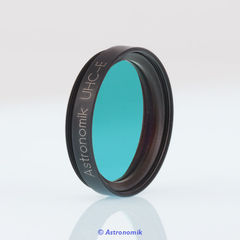
Click the image for full resolution
The Astronomik UHC-E filter is our budget filter for deep-sky observation of emission nebulae and comets under light polluted skies. It’s particularly suitable for small ’scopes.The UHC-E Filter increases contrast of emission nebulae and comets and blocks the light of typical streetlights as well as airglow. It is best suited for telescopes up to 5" / 125mm.
Main use
The Astronomik UHC-E filter provides a FWHM of 45nm and blocks the light of typical streetlights (e.g. sodium and mercury vapour) as well as airglow. Thus it increases contrast between your target and the night sky. The contrast enhancement is less than that of the Astronomik UHC filter, but at the same time the transmitted amount of starlight is greater. It's therefore better suited to smaller telescopes. As the UHC-E filter passes a spectral line of Carbon (due to the higher FWHM) it opens up the possibility of comet observation.
Other uses
- Observation of Jupiter’s clouds.
- Easier resolution of Double Stars.
- Photography under light-polluted skies with DSLRs and other cameras.
Alternatives
If you use a telescope with an aperture larger than 5", we suggest the use of our standard UHC-filter because of its greater contrast enhancement capabilities. If you use a telescope larger than 8", you can try our OIII filter for even better results when observing specific nebulae.
more information about the visual filters
more information about the photographic Astronomik filters
How to read the chart
The major emission lines of artifical light pollution:
| Hg 435,8nm | Hg 546,1nm | Hg 577,0nm | Hg 578,1nm |
| Na 589,0nm | Na 589,6nm | Na 615,4nm | Na 616,1nm |
The major emission lines of nebulas:
H-β 486,1nm | OIII 495,9nm | OIII 500,7nm | H-α 656,3nm
- The horizontal axis is the Wavelength in Nanometers (nm). 400nm is deep blue, at 520nm the human eye senses green and at 600nm red. At 656nm is the famous "H-Alpha" emission line of hydrogen.
- The transmission in % is plotted on the vertical axis.
- The red line shows the transmission of the filter.
- Visual filters: The grey line in the background shows the relative sensitivity of the human eye at night. The maximum is at ~510nm and drops to longer and shorter wavelengths. You can easily see, that you can´t see anything of the H-alpha line at night (even if you can during daylight!) The sensitivity at 656nm is 0% at night!
- Photographic filters: The grey line in the background shows the sensitivity of a typical CCD sensor.
- The most important artifical emission lines are shown in orange. The artifical light pollution is dominated by see mercury (Hg) and sodium (Na), which are used in nearly all streetlights.
- The most important emission lines from nebulas are shown in green. The most important lines are from ionized Hydrogen (H-alpha and H-beta) and double ionized oyxgen (OIII).
The major emission lines of artifical light pollution:
| Hg 435,8nm | Hg 546,1nm | Hg 577,0nm | Hg 578,1nm |
| Na 589,0nm | Na 589,6nm | Na 615,4nm | Na 616,1nm |
The major emission lines of nebulas:
H-β 486,1nm | OIII 495,9nm | OIII 500,7nm | H-α 656,3nm
Suitability
- Visual observation (dark skies): Reasonable, an UHC filter is more suitable
- Visual observation (urban skies): Good, for telescopes up to 125 mm aperture and medium exit pupil
- Film photography: Good, but very long exposure times
- CCD photography: Good, when used with an additional IR-block-filter
- DSLR photography (original): Good, colour balance is near perfect
- DSLR photography (astro modified): Good, colour balance is near perfect
- DSLR photography (MC modified): Good, when used with an additional IR-block-filter
- Webcam / Video (Planets): Unsuitable
- Webcam / Video (Deep Sky): Very good, if light pollution is a big problem
Technical Data
- typ. 94% transmission at 486nm (H-beta)
- typ. 95% transmission at 496nm (OIII)
- typ. 95% transmission at 501nm (OIII)
- typ. 94% transmission at 656nm (H alpha)
- transmission 465nm to 530nm and above 645nm
- Full width at half maximum 45nm
- Parfocal with other Astronomik filters
- Glass thickness: 1mm
- Completely resistant against high humidity, scratches and aging effects
- Diffraction limited, the filter will not reduce the optical performance of your telescope!
- Astronomik filters are delivered in a high-quality, long lasting, filter box
- Since 2008 we do ship filters with a completely new design. Any kind of halo or strange reflection is a matter of past
The filter is available in the following sizes
UHC-E Filter
-
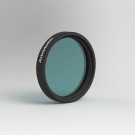
Astronomik UHC-E 1,25'' (M28,5)
excl. VAT (Non-EU): €63.03 incl. VAT (EU): €75.00 -
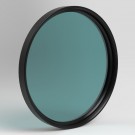
Astronomik UHC-E M77
excl. VAT (Non-EU): €251.26 incl. VAT (EU): €299.00 -
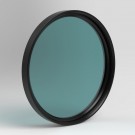
Astronomik UHC-E M72
excl. VAT (Non-EU): €251.26 incl. VAT (EU): €299.00
-
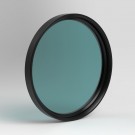
Astronomik UHC-E M67
excl. VAT (Non-EU): €251.26 incl. VAT (EU): €299.00 -
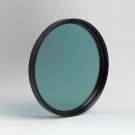
Astronomik UHC-E M62
excl. VAT (Non-EU): €234.45 incl. VAT (EU): €279.00 -
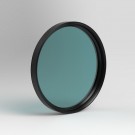
Astronomik UHC-E M58
excl. VAT (Non-EU): €234.45 incl. VAT (EU): €279.00
-
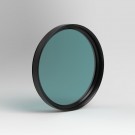
Astronomik UHC-E M55
excl. VAT (Non-EU): €234.45 incl. VAT (EU): €279.00 -
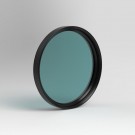
Astronomik UHC-E M52
excl. VAT (Non-EU): €125.21 incl. VAT (EU): €149.00 -
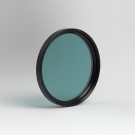
Astronomik UHC-E M49
excl. VAT (Non-EU): €125.21 incl. VAT (EU): €149.00
-
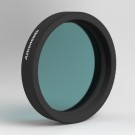
Astronomik UHC-E T-Mount (M42x0,75)
excl. VAT (Non-EU): €96.64 incl. VAT (EU): €115.00 -
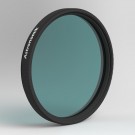
Astronomik UHC-E 2'' (M48)
excl. VAT (Non-EU): €116.81 incl. VAT (EU): €139.00 -
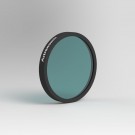
Astronomik UHC-E 31mm
excl. VAT (Non-EU): €71.43 incl. VAT (EU): €85.00
-
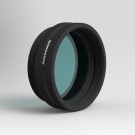
Astronomik UHC-E SC Rear Cell (2'' / 24TPI)
excl. VAT (Non-EU): €133.61 incl. VAT (EU): €159.00 -
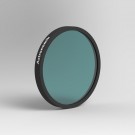
Astronomik UHC-E 36mm
excl. VAT (Non-EU): €79.83 incl. VAT (EU): €95.00 -
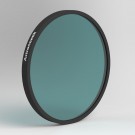
Astronomik UHC-E 50mm
excl. VAT (Non-EU): €116.81 incl. VAT (EU): €139.00
-
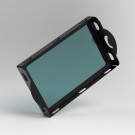
Astronomik UHC-E Clip-Filter EOS XL
excl. VAT (Non-EU): €125.21 incl. VAT (EU): €149.00

 Deutsch
Deutsch English
English